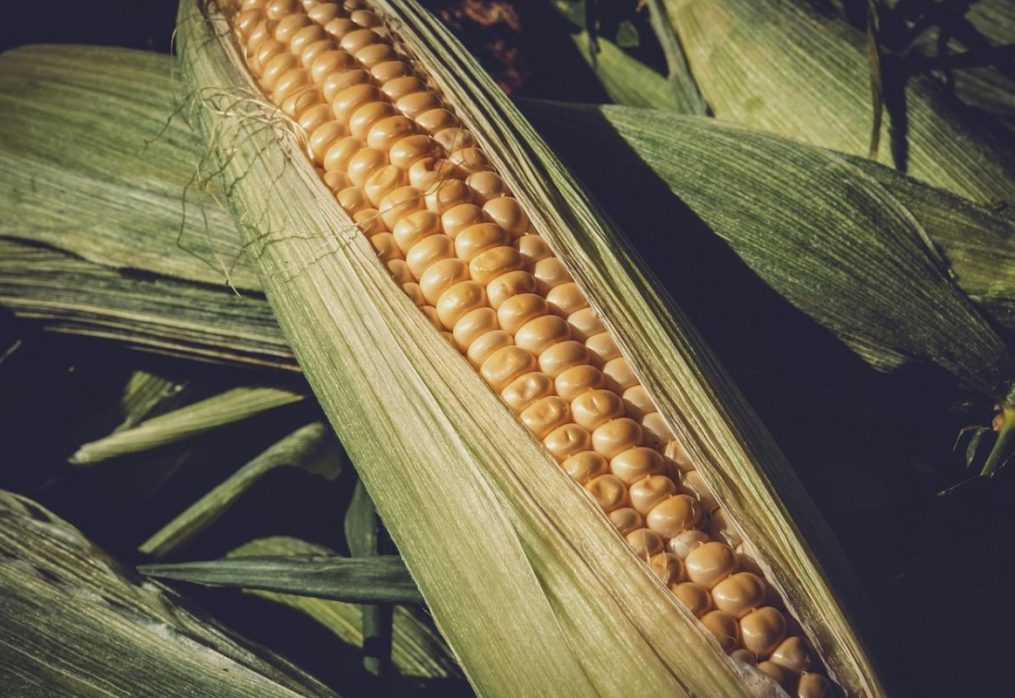Brazil’s exports this season will increase: forecast by analysts
How Brazil’s exports will change: an overview of the corn market
Brazil’s exports have continued to grow since the beginning of the year. In just 20 days 2021, 1.2 million tons were shipped from the country, the average daily level was 124,300 tons. For comparison, last January this figure was at the level of 95,781 tons.
According to statistics from Brazilian Customs, since the beginning of the marketing year from February to December 2020, the country has sold 32.5 million tons of corn. And before that the national agency, which deals with agriculture, gave its forecast for February 2020-January 2021. In this case, the volume of supplies was to reach 34.5 million tons.
It should be noted that Brazil is the second largest corn exporter in the world. The record for the country was the 2018/2019 season, when the volume of shipments was recorded at 41.1 million tons of grain. Last year, the figures decreased, the reason being the increase in demand on the domestic market with small stocks of products.
Traditionally, during the period from January to June the supply of corn in the country is at a low level. The problem may worsen at the beginning of the soybean harvest. At this time, logistics processes become more complicated and there are questions about availability of freight.
The situation with Brazil’s low grain reserves will play into the hands of the United States, which is a leader in corn supplies. Analysts predict that in the first half of 2021, the U.S. and other major sellers will be able to increase export volumes, which contributes to the favorable prices of grain.

According to Platts, the cheapest crop is sold by the U.S., which allows them to increase the volume of supplies to different countries.
Not so long ago, the corn market saw a surge in demand from China. The need to increase imports was due to a shortage of grain on the domestic market amid an increase in the number of pigs, the number of which declined significantly after the outbreak of African plague. Demand for corn led to an increase in grain prices last year. At the same time on the world market there was a limited supply due to the reduction of crops from such major producers as Ukraine, Argentina and the United States. At that time, in just a few weeks the cost of corn rose to record highs. Gradually, the excitement level was reduced, but the problem of reduction of corn production may break out some time later.
Due to this situation, a number of countries decided to review the volume of exports and imports of corn, including Argentina and Ukraine. In this case, the government intends to stabilize the domestic market and then plan supplies.
